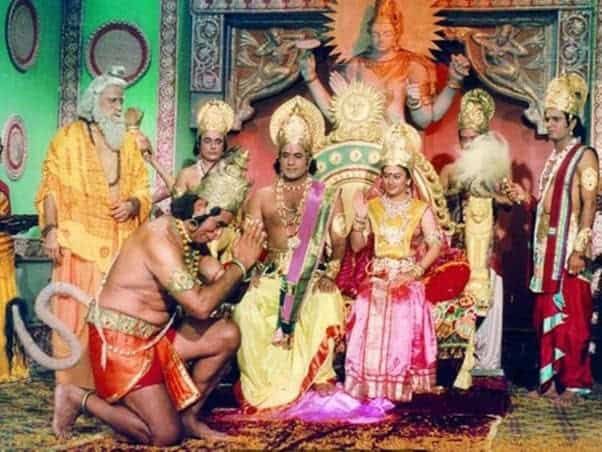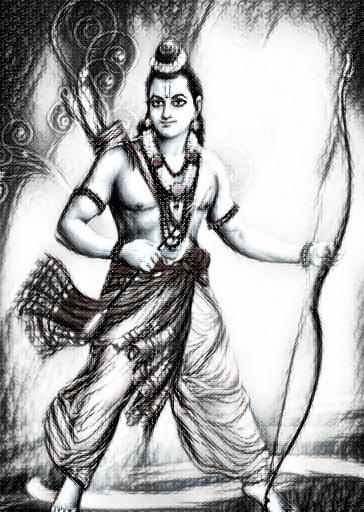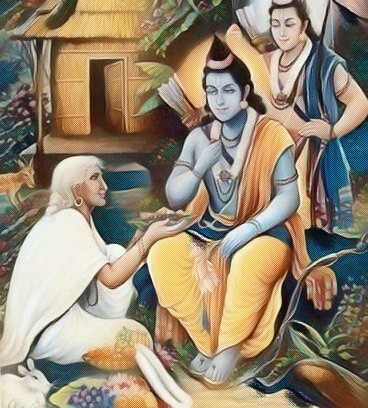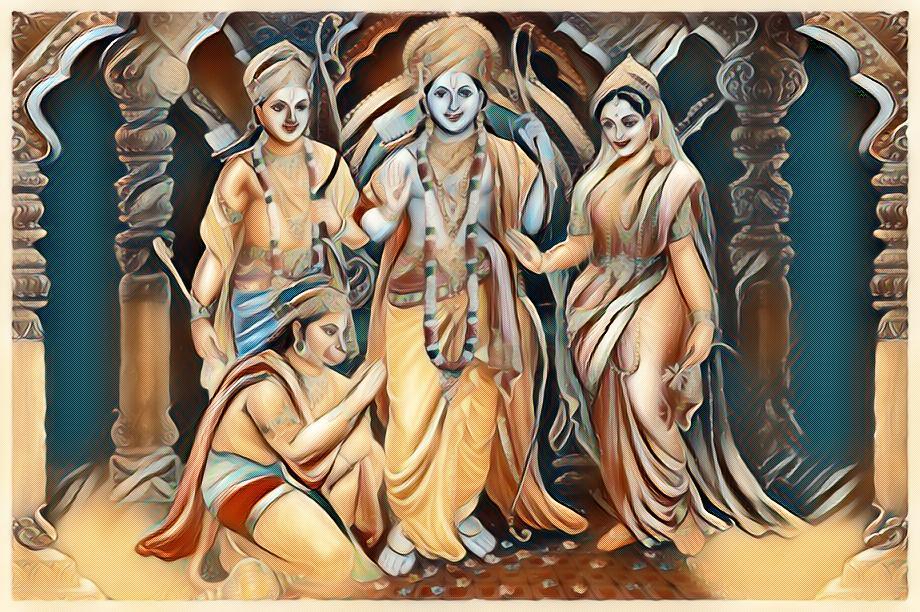Shree Ram-The Seventh Incarnation Of Lord Vishnu
By Smruti Swagat Ray Mohapatra | Khandapada August 18, 2017
For the establishment of Dharma and the destruction of evil spirits on earth, Lord Vishnu has taken several incarnations. According to Hindu mythology, "Shree Ram" is the seventh incarnation of Lord Vishnu. The whole life of Shree Ram is a great example of humanity. Though Shree Ram was the incarnation of Lord Vishnu, he did not use his supernatural powers anywhere. He spent his whole life like a common person and a caring king.

Shree Ram was born in the royal dynasty of Ayodhya. He was the son of King Dasharatha and Queen Koushalya. He was very dear to Dasharatha, as he was the most humble and obedient prince of Ayodhya. He had three cousins named Laxmana, Bharata, and Shatrughna. He spent his childhood in Ayodhya with joy and completed his education under the guidance of his teacher, Sage Vashistha. He married Sita after completing his education. The crucial and challenging phase of his life started after his father announced his intention to make him the king of Ayodhya. Influenced by jealousy, his half-mother, Kaikei, demanded a fourteen-year exile for Shree Ram from Dasharatha, as Dasharatha had promised to fulfill a wish of Kaikei in the past.

To keep his father's promise, Shree Ram decided to go into exile without hesitation. Laxmana and Sita joined him and left Ayodhya for exile. During exile, Shree Ram and Laxmana killed many demons that were hampering the holy sages. Shree Ram set a great example of devotion by accepting the tasted berries of the tribal lady, Shabari. With this example, he showed that true devotion faults are not considered. Shree Ram was very loyal to his wife, Sita. So, Surpanakha (the sister of Ravana) could not seduce him. Shree Ram refused the marriage proposal of Surpanakha, and in anger, when demon king Ravana kidnapped Sita, another crucial phase of Shree Ram's life began. To find Sita, he moved towards the south along with Laxmana. He met Hanuman, Sugriba, and helped Sugriba as a true friend. Hanuman helped Shree Ram in every possible way to find Maa Sita. After Shree Hanuman discovered Maa Sita in Lanka (now Sri Lanka), the huge Indian Ocean was a great barrier for the monkey army of Shree Ram to reach Lanka. The name "Ram" was so powerful that the stones on which this name was written started floating on water, and by virtue of which the great "Ramasetu" was made.

After the monkey army reached Lanka, Shree Ram sent Hanuman as a messenger of peace to Ravana. But Ravana tried to attack Hanuman with fire on his tail. Shree Hanuman destroyed almost all of Lanka with fire, except the royal palace of Ravana. Then, a terrific war began between Shree Ram and Ravana. All the sons and brothers of Ravana were killed in the war. Only Bibhishana (the younger brother of Ravana), being on the side of Dharma, was safe. Bibhishana had surrendered to Shree Ram and expressed his devotion towards Lord Vishnu. Shree Ram rescued Maa Sita after killing Ravana and crowned Bibhishana as the king of Lanka.
When Shree Ram returned to Ayodhya after fourteen years of exile, the citizens of Ayodhya started doubting the character of Maa Sita, as she was in the prison of demon king Ravana. So, Shree Ram had to order his beloved wife to undergo a fire test to prove her purity, and Maa Sita succeeded in the test. Then Shree Ram was crowned as the king of Ayodhya. He was very caring and affectionate towards the citizens. His kingdom was otherwise known as "Ramarajya" for his unconditional love towards each and every individual.

Conclusion:
As we conclude our exploration of Shree Ram's life and teachings, we're reminded of the enduring power of his example. May his story inspire us to lead a virtuous life, to cultivate devotion and loyalty, and to embody the values of duty and righteousness.
Let Shree Ram's example inspire you to lead a life of virtue and duty. Share your thoughts and reflections on his story, and let's explore the lessons that can be learned from his experiences.



